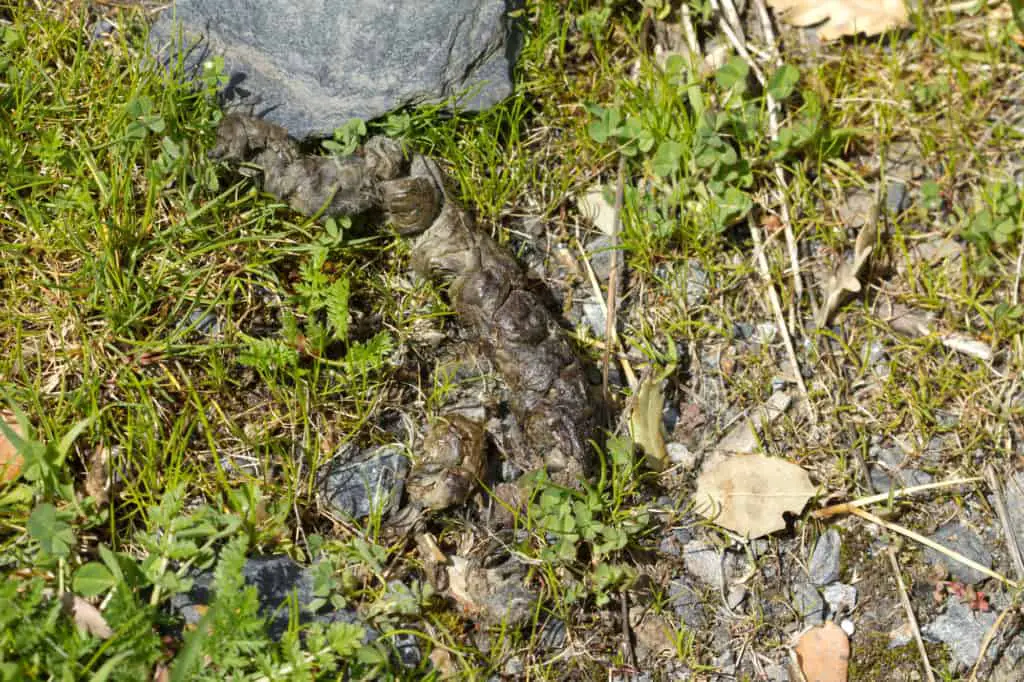What’s The Difference Between Cat and Fox Poo?
If you go out into your nice, green garden, and suddenly step into something that you never expected, it will leave a bad taste in your mouth. The fact is that there are several animals that may visit you and use your lawn or flower beds as toilets either during the day or at night
These little gifts may be left by badgers, rabbits, foxes, hedgehogs and cats, as well as badgers amongst others. The two most common culprits are cats and foxes.
Upon waking up in the morning, do you see packages piled up in your garden?
Are you tired of searching outside every day to see if there are any poops to clean up, especially when you have young children?
Let’s examine the differences between cat poo and fox poo so you can figure out who is pooping and then you can take action.
Cat Poo or Fox Poo?
Despite the fact that fox poo is often about the same size as cat poo, there are noticeable differences for you to differentiate which animal is leaving you special gifts in your lawn.
If you look at the shape, colour, smell, and content, you can usually tell whether it is cat poo or fox poo.
What does Cat Poo look like?
Healthy cat poop is smooth and cylindrical and it does not appear to have any discernible contents. You can expect a deep brown colour with a firm consistency like modelling clay.
What does Fox Poo look like?
Foxes appear to produce poo that looks like dog poo, with a pointy tip at one end and containing fur, feathers, little bones, seeds and berries. As a rule of thumb, fox poo tends to be quite dark in rural areas, but it can be quite light in urban areas, especially in areas where foxes consume human food waste. Fresh droppings have a distinct musky or “foxy” smell that distinguishes them from other droppings.

It is likely that foxes will use your garden to defecate in order to mark their territory. If a fox considers that something is theirs, he may poop on the lawn, garden furniture, rocks, logs, or whatever else is deemed to be theirs.
It indicates to other foxes that your garden is occupied and not available to them. Efforts to make the scent-mark more visible improve its likelihood of being detected by other foxes.
